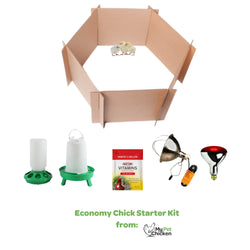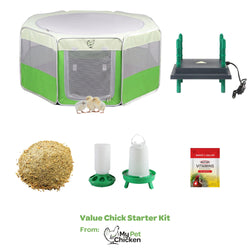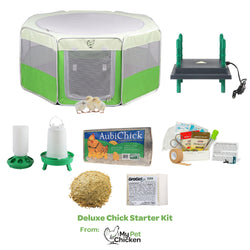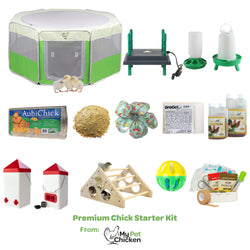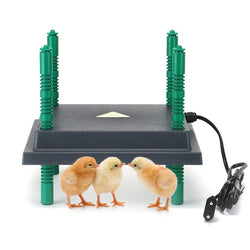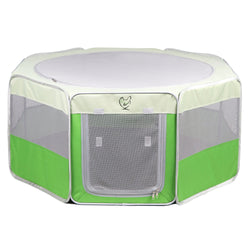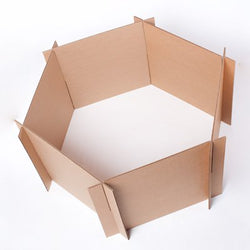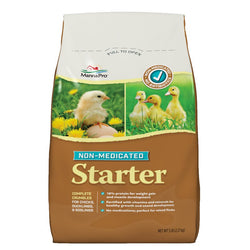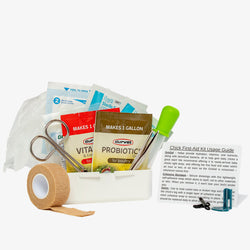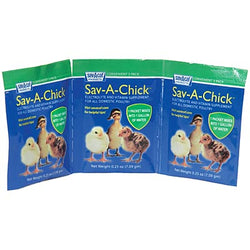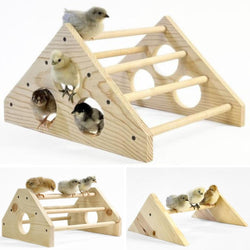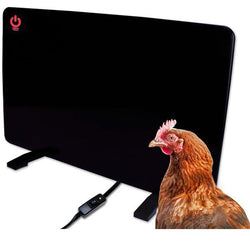Expert Tip: How to calibrate your hygrometer
Back to blog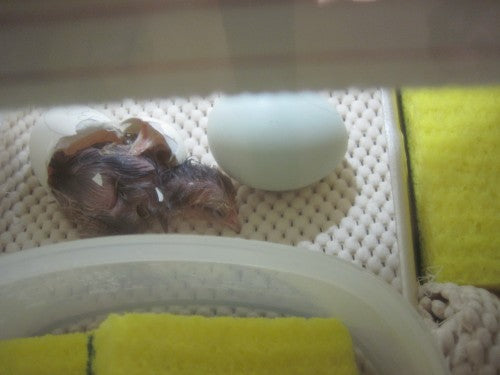
Hatching eggs can be such a fun adventure! It can be fraught with ups and downs, successes and failures... chicks and no chicks. It's pretty easy to get NO chicks... but to get YES chicks, you want to calibrate your hygrometer properly.
I was always an AVID hatcher, but I have to admit, it doesn't mean I was always a GOOD hatcher. I used to find it easy to get a little "slapdash" about the whole process: not checking temperatures every day, not watching the humidity, far too many staggered hatches. Where did this egg come from? Toss it in! After all, broody hens do it without spreadsheets and calendars, why can't I? Well, the answer is: Because I am not a chicken. With experience I've learned that to hatch successfully---every time---I really do need to take extra steps to make sure my incubation equipment is working properly. It's very dry here in Arizona, so I have a hard time keeping the humidity in the incubator high enough. To make sure I am getting the correct humidity, I calibrate my hygrometers regularly... though I will admit, I never quite believe readings. I tend to have several in the incubator, as though two hygrometers might tell me if the third one is a lying liar that lies. To increase your chance of a successful hatch... plan ahead! It takes a day or so to calibrate your hygrometer. One of the most common problems during home hatching is incorrect humidity in the incubator, so calibrating your hygrometer is well worth the effort! Even a new hygrometer may not be properly calibrated, so it's best to check your equipment before starting a batch of eggs.
How to calibrate your hygrometer:
- Mix 1/2 cup of salt and 1/4 cup of water in a coffee cup or other small container. It will be a thick mixture.
- Place your thermometer/hygrometer beside the container of salt mixture, with both of them inside a large zip-close plastic bag, and close the bag completely. Be careful not to let the water touch the hygrometer.
- Leave the bag undisturbed at room temperature overnight.
- The next morning, read your hygrometer while it's still inside the bag (removing the hygrometer from the bag before you take your reading will cause the measurement to change, as will even opening the bag).
